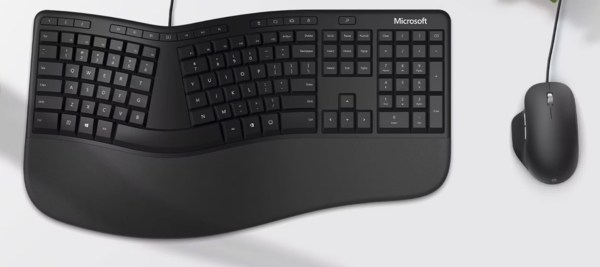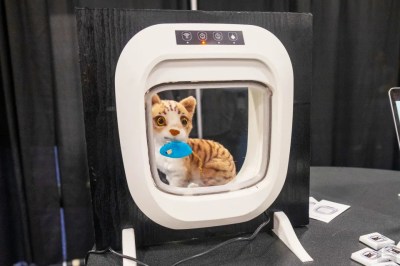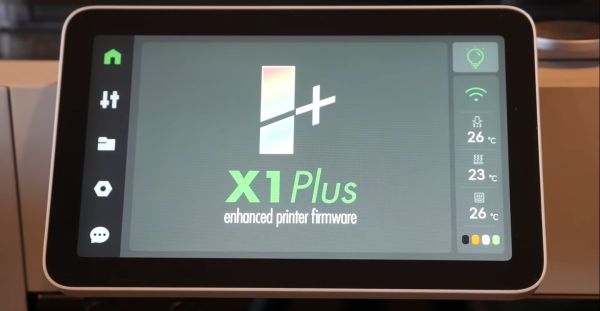[Bruce Perens] isn’t very happy with the current state of Free and Open Source Software (FOSS), and an article by [Rupert Goodwins] expounds on this to explain Open Source’s need for a new mission in 2024, and beyond. He suggests a focus shift from software, to data.
The internet as we know it and all the services it runs are built on FOSS architecture and infrastructure. None of the big tech companies would be where they are without FOSS, and certainly none could do without it. But FOSS has its share of what can be thought of as loopholes, and in the years during which the internet has exploded in growth and use, large tech companies have found and exploited all of them. A product doesn’t need to disclose a single line of source code if it’s never actually distributed. And Red Hat (which [Perens] asserts is really just IBM) have simply stopped releasing public distributions of CentOS.
In addition, the inherent weak points of FOSS remain largely the same. These include funding distributions, lack of user-focused design, and the fact that users frankly don’t understand what FOSS offers them, why it’s important, or even that it exists at all.
A change is needed, and it’s suggested that the time has come to move away from a focus on software, and shift that focus instead to data. Expand the inherent transparency of FOSS to ensure that people have control and visibility of their own data.
While the ideals of FOSS remain relevant, this isn’t the first time the changing tech landscape has raised questions about how things are done, like the intersection of bug bounties and FOSS.
What do you think? Let us know in the comments.


















